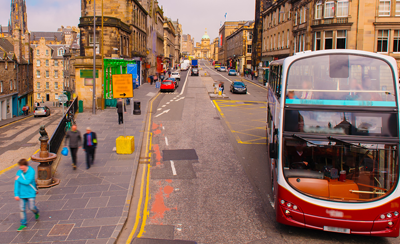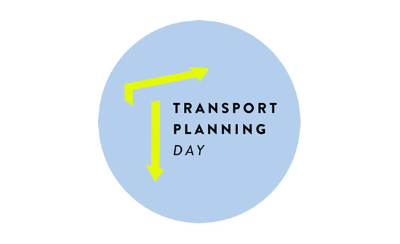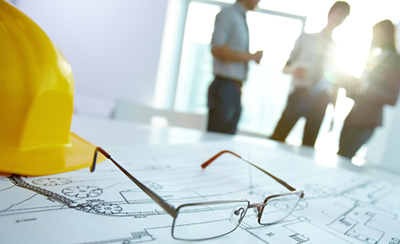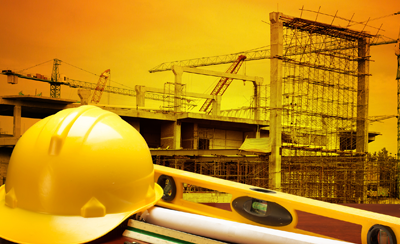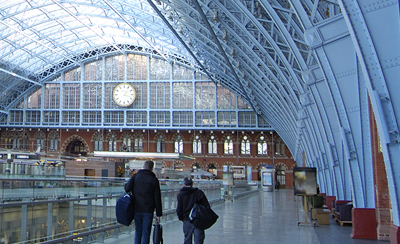It is often claimed that new development provides an economic boost – but designed badly and it can simply lead to more car dependence and more congestion, which in turn impacts on the local environment, on air quality and on carbon emissions. So, can we have the development without these negative impacts?
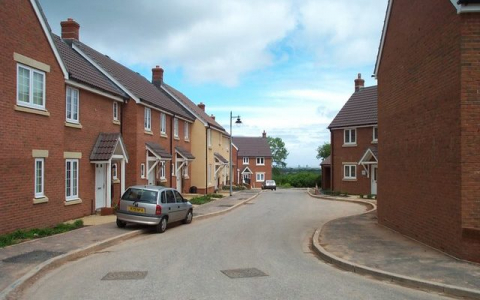
Transport planners wrestle with this challenge every day and are perhaps more aware than any other profession of the crucial links between development, generated movement, and environmental impacts. We understand the relationship between the demand for travel and the development itself – in particular its nature, its location, its accessibility by sustainable modes and the travel choices offered to those who live or work there.
The situation can be improved by an order of magnitude if the fundamentals of the development are right to start with. For this to be achieved, we need a strategic approach to new development.
Development needs to be located as close as possible to the places that those who live or work there need to go. That minimises the demand for travel. The development needs to be located where sustainable travel choices are available, or can be easily made available with developer support. That minimises the demand for car travel. The mix of development is important. Housing with no jobs or schools or local services means that everyone must commute out to do anything. A mixed development of the right scale can serve at least some needs internally.
If we get the fundamentals of development right, we stand a much better chance of delivering really good accessibility. For example, it should be standard practice for new developments to have sustainable external links to nearby economic centres – safe, secure and direct pedestrian routes to local destinations, quality cycle routes (not along main roads) to destinations further away, and frequent, reliable and affordable public transport links for longer journeys.
Why does this not happen as a matter of common sense anyway? It does sometimes but not often enough. That is because there is often a lack of joined up thinking and shared strategic vision between all the players involved – land-use planners, economic planners, developers, transport providers and in some cases major public-sector service providers such as health and education authorities. All have their own individual interests, targets and priorities – but if a sustainable outcome is to be achieved, strategic planning and compromises will be needed.
The Transport Planning Society is alert to its members’ concerns in this respect and fully aware of the importance of including good transport planning in the development process. We believe that a change in mindset is needed. Currently decision-makers often cater automatically for the needs of the private car – through parking, highway access to new developments, and design of the public realm for vehicles.
We need everyone to think sustainable travel first, car second. This is backed up by the research just released by the Centre for Research into Energy Demand Solutions (CREDS) which calls on the government to devise a strategy allowing people to have a good standard of living without needing a car.
The Transport Planning Society is actively spreading this agenda through engagement with senior civil servants in the DfT and MHCLG, through seeking to influence the application of the National Planning Policy Framework, and developing more effective assessment methodologies for sustainable travel modes. Working with the RTPI and the National Association of Local Councils, we are producing a Councillor’s guide to planning neighbourhoods and transport in a sustainable way.
Most exciting of all, we are collaborating with Transport for New Homes on a new award, as part of our annual Transport Planning Day campaign, to recognise recent housing developments which enable and promote walking, cycling and public transport and avoid dependence on cars.
And as a final thought, what if we challenge ourselves to not only be sustainable and mitigate development impacts, but aim to deliver a ‘net gain’? What if we aim to create new development AND leave the environment measurably better than before? What if we create accessible and open space, provide great connectivity by all modes, and at the same time create natural habitats for wildlife, plant native trees, and manage floodwater to make development more resilient to climate change?
This approach could truly deliver new development that stimulates economic activity for everyone (not just car drivers), improves air quality, enhances accessibility and connectivity, and reduces carbon emissions – now that’s the sort of new development we like!
Web design by Tribal Systems

